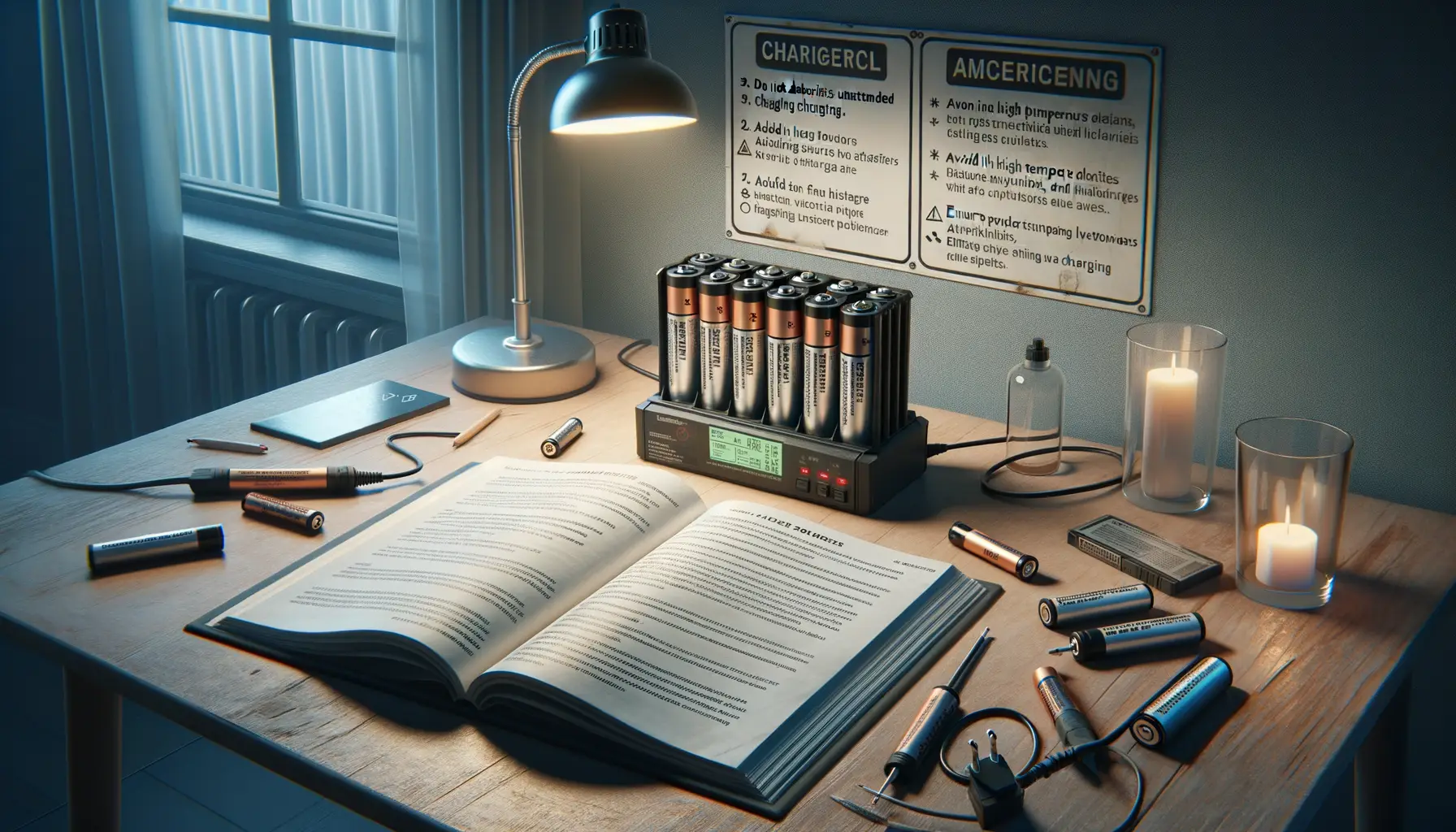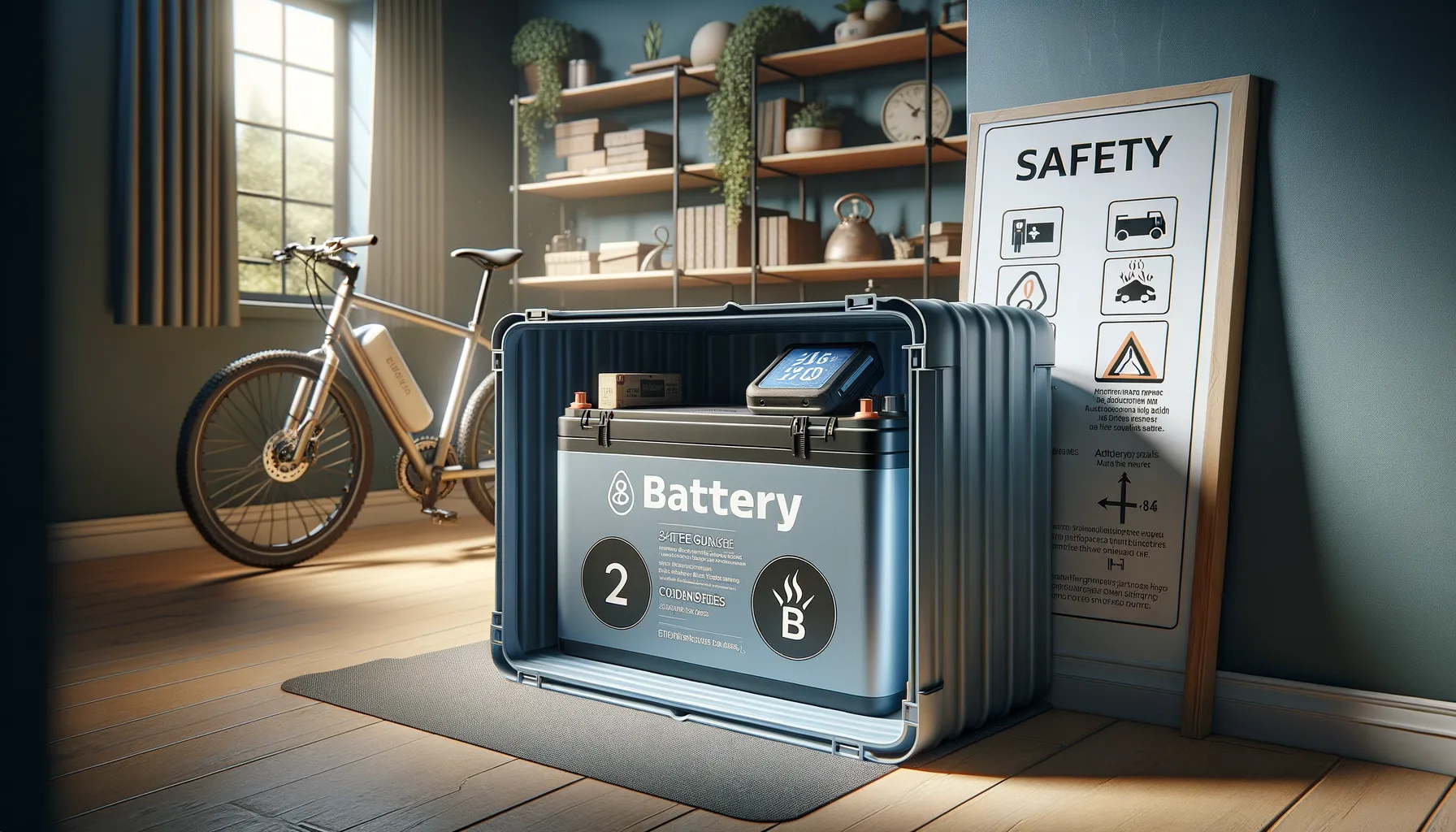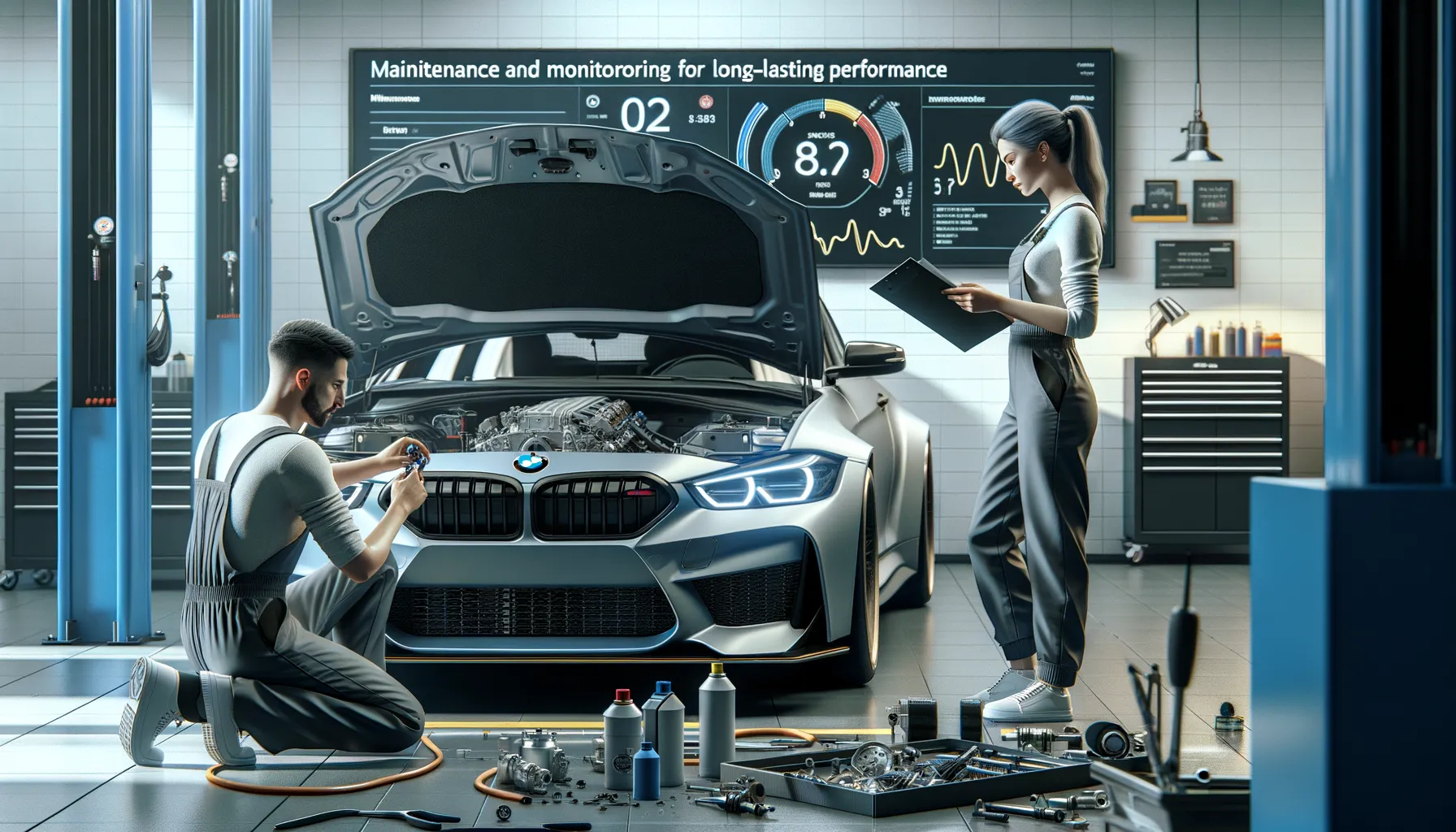Understanding How Lithium-Ion Batteries Work
The Energy Dance Inside Your Pedelec Battery
Ever wondered what makes your pedelec glide effortlessly up hills or zip through city streets? It’s all thanks to the intricate mechanics happening inside your lithium-ion battery. Picture this: a tiny, high-energy orchestra playing in perfect harmony. The star performers? Lithium ions. These microscopic powerhouses shuttle back and forth between the positive and negative electrodes, creating energy that fuels your ride.
When you charge the battery, these ions gather at the negative electrode, eagerly waiting for their turn to spring into action. Start pedaling, and they flow back to the positive electrode, generating electricity in the process. It’s like a seamless dance, where every step keeps your pedelec running smoothly and efficiently.
Why Lithium-Ion Is the Superstar of Batteries
Let’s not forget why lithium-ion batteries are an engineering marvel. They’re lightweight (no clunky old-school car battery vibes here) and pack a serious punch in terms of energy density. Plus, their ability to be recharged hundreds of times makes them perfect for everyday use.
Key features include:
- High energy capacity: More juice means longer rides.
- Low self-discharge rate: Keeps working even after sitting idle for weeks.
- Eco-friendliness: They’re recyclable, reducing environmental impact.
By understanding this “energy dance,” you can give your pedelec battery the care it deserves and enjoy many more miles of carefree cycling.
Best Practices for Charging Lithium-Ion Batteries

Charge Smart, Not Just Full
When it comes to charging your lithium-ion battery, think of it like nurturing a delicate friendship—it thrives on balance and care, not extremes. Here’s the deal: these batteries don’t like being pushed to the edge. Charging to 100% constantly or letting the charge drop to zero can quietly shorten their lifespan. Aim for the sweet spot—keeping the battery between 30% and 80% charge is like feeding it just the right amount of fuel to keep it happy and healthy.
A quick tip? If your pedelec has a chance to rest overnight, unplug it when it’s done charging. Leaving it connected for hours on end isn’t doing it any favors. Think of it as taking the charger out to dinner but skipping dessert—you’ll save its energy for what matters most: the ride.
A Few Do’s and Don’ts
- Do use the charger that came with your pedelec—it was practically made for each other.
- Don’t charge in extreme heat or cold; batteries are picky about their climate.
- Do give quick “top-up” charges instead of letting the battery fully drain.
Treat your charging routine with a little love, and your battery will reward you with longer, stronger rides!
Storing Your Pedelec Battery Safely

Creating a Cozy Home for Your Battery
Your pedelec battery isn’t just some cold, lifeless gadget—it’s the beating heart of your bike, the silent force that powers you up hills and through city streets. To keep it thriving, where and how you store it matters more than you might think.
Think of your battery as a guest in your home. Would you leave a friend shivering in the garage on a freezing winter night or baking in the summer sun? Probably not. Store your battery in a space that’s dry, cool (but not chilly), and away from direct sunlight. Ideally, maintain a temperature between 10°C and 20°C.
- If it’s winter: Bring the battery indoors, especially if temperatures plunge below 0°C.
- For summer heatwaves: Keep it out of stuffy sheds or car trunks—those can turn into saunas!
- Partial charge is best for storage. Aim for around 30%-80%; fully charged or completely drained isn’t ideal.
Avoiding Hidden Hazards
Safety first! Never store your battery near flammable materials like cleaning products or fuel. Create a little breathing room—literally. Place it on a non-flammable surface, such as a tiled floor or metal shelf. And here’s a pro tip: If you’re tucking it away for months, give it a quick “checkup” every few weeks to ensure the charge hasn’t dipped too low.
Your battery thrives in care, just like anything precious. Treat it right, and it’ll reward you with years of adventure!
Avoiding Common Mistakes That Reduce Battery Lifespan

Simple Charging Habits That Sabotage Your Battery
Are you guilty of “topping off” your battery after every quick trip? Or maybe you’re the type to keep it plugged in overnight, just in case? These habits might seem harmless, even convenient—but they’re secretly wearing down your pedelec’s lifeblood.
Lithium-ion batteries hate extremes, and overcharging is like keeping them at an all-you-can-eat buffet long past the point of being full. The result? Increased stress on the cells, causing them to age faster than they need to. Instead:
- Unplug when the charge hits 100% (or even better, 80%).
- Avoid draining the battery completely—it feels like running a marathon with no water.
- If you’re taking a break from riding, store the battery at around 50% charge—not empty, not full.
The Heat Trap You Didn’t Know You Set
Think of your battery like a pet: it doesn’t like being left in a hot car. Storing or charging it in direct sunlight or near a radiator can make those cells overheat, pushing your battery closer to retirement. Keep it cool (literally) by placing it in a shady, well-ventilated space. **Trust me**, your future rides will thank you.
Maintenance and Monitoring for Long-Lasting Performance

Keep an Eye on Your Battery’s Well-Being
Your pedelec’s battery isn’t just a piece of tech; it’s the heart and soul of your ride. Treat it with care, and it’ll reward you with reliable performance for years to come. Regularly checking the health of your lithium-ion battery might sound tedious, but it’s as simple as brushing your teeth—an everyday habit that pays off in the long run.
Start by inspecting the battery’s exterior. Any swelling, unusual dents, or cracks? That’s a red flag! And don’t ignore that odd smell or excessive heat after a ride—it could mean something’s amiss inside.
It’s also worth keeping tabs on battery capacity over time. If that once-epic range is suddenly shrinking faster than your morning coffee break, it might be time for a more detailed check-up. Many pedelec brands offer diagnostic tools or apps to track this—use them like a fitness tracker for your bike!
- Clean the battery terminals occasionally to ensure smooth energy transfer.
- Check for loose connections or dirt buildup in the casing and charging port.
- Update software if your pedelec system supports it—yes, even batteries benefit from updates!
The Secret Weapon: Professional Servicing
Let’s face it—some things are better left to the pros. While home care is vital, scheduling a professional battery service once a year adds an extra layer of longevity magic. These experts can spot hidden issues or recalibrate your system for peak performance. Think of it as a spa day, but for your bike.
And here’s a bonus tip: choose workshops that specialize in e-bikes. A good technician understands the nuances of lithium-ion batteries, from their delicate chemistry to their software quirks. You wouldn’t trust an unqualified mechanic with your car’s engine, would you? Exactly.



